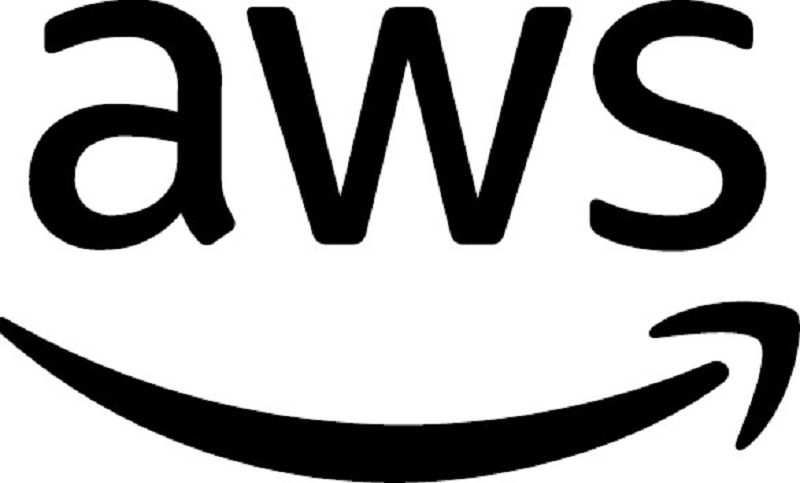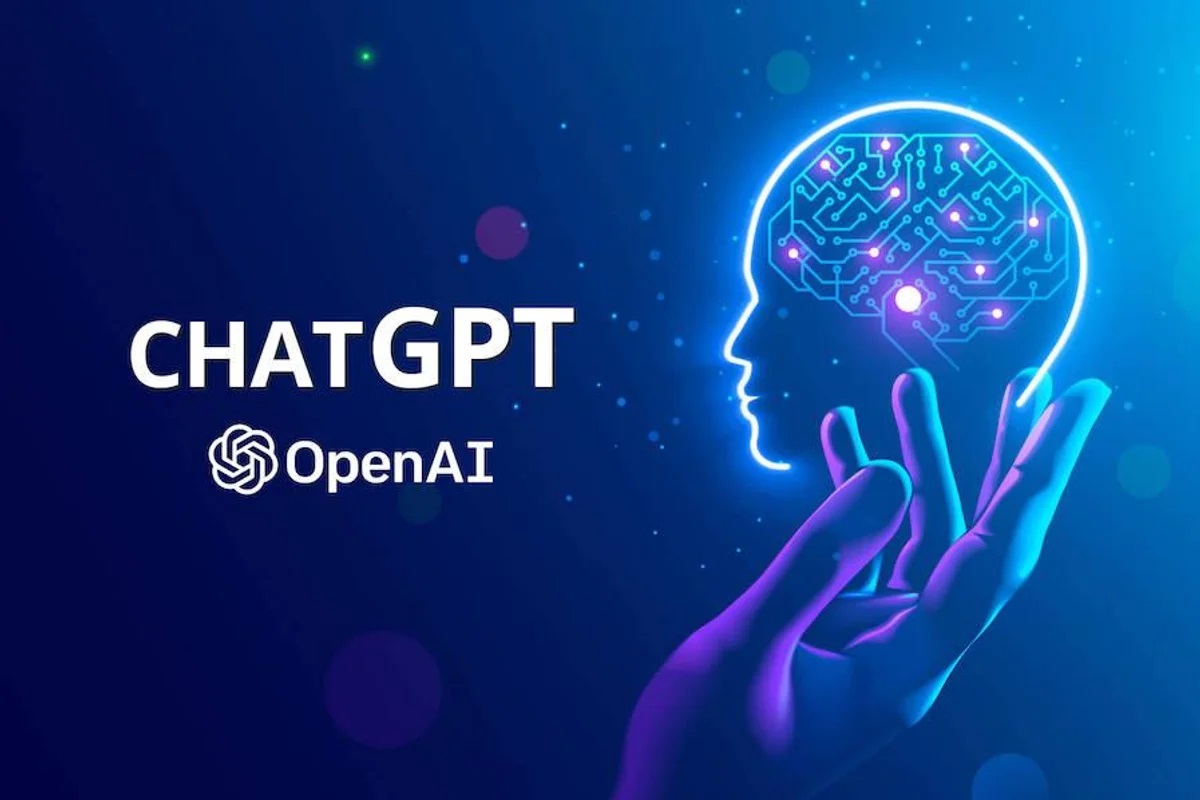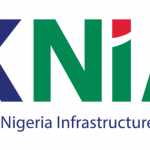Technology
Why You Need An Angular Developer On Your Project

Hello world! In the era of digital transformation, the question is no longer whether to do or not to do; no one needs to be convinced that IT transformations are vital.
More often, entrepreneurs think about something else: how to implement the project? To entrust development to internal specialists or to hire an Angular developer?
Today, customers of IT services are already realizing the main advantages of outsourcing – access to advanced development technologies, concentration on their own business tasks and, of course, the speed of project implementation.
In our world, time is precious. Any glitch or mistake is a waste of time that can give a head start to competitors. The market wins the one who is the first to offer customers a new service or a convenient application. And in this situation, a fresh, clean look from a third-party developer can be of invaluable service.
In this article you will read why it is so important to hire an Angular developer for a successful project and how to do it. Read on, it will be interesting!
Angular is one of the most popular open source JavaScript frameworks. Angular, backed by Google, is used to build feature-rich web applications, making JavaScript much simpler and well structured. It is also used to develop mobile and desktop applications.
For example, Ionic, a powerful cross-platform mobile app development platform, is built on Angular. The Angular team at Google has released several versions of the framework since 2009.
AngularJS, the first version, was designed for building dynamic single page applications. Usually, the term “Angular” is applied to Angular 2 and all subsequent versions. Many well-known web applications, including Eat24, Radio.com, Udacity, Freelancer, Crunchbase, NBA.com, Google Express, and others, are based on Angular.
With so many Angular-backed products and strong Google backing, it’s clear that the framework’s popularity won’t diminish. The popularity of the framework is due to several important aspects at once, the main one of which is convenience for the developer.
Angular applications are written relatively quickly, the code has a clear structure, and even third-party programmers can understand it relatively easily. The Angular family of frameworks opens up great opportunities and allows developers to create multifunctional programs for several platforms.
It is believed that this framework has a low threshold of entry, but programmers should understand TypeScript, Angular CLI, npm to install the framework, task runners, and understand Augury’s debugging tools. This framework is chosen for creating complex applications, while simple apps and programs of medium complexity can be created using ordinary JS.
Developing applications in Angular has many features that a developer must know and perfectly understand all the functionality and tools of the framework.
With the proper skill level, a programmer using this framework can quickly create diverse applications of various levels of complexity for any platform and for any task.
Some customers choose not a single developer but a whole team to carry out their project. Understanding how many and what kind of people a project needs is formed at the time of completion of the pre-project analytics. When the scale of the work and the key tasks are known, it is easier to predict the number of future employees. The selection of the project team from the customer’s side usually meets the greatest difficulties. This process is complicated by the fact that the choice is almost always made only from the existing employees of the customer, which is quite natural, but limits the range of possible candidates.
Another unpleasant moment is the widespread unwillingness of the customer to allocate employees for the needs of the project completely. As a result, key people are engaged in combining project work with other responsibilities, which often leads to dire consequences.
What should be the composition of the team? Despite the fact that its size depends on the volume of tasks, in the classic version at the start we are talking about 4-6 participants. These are: Team Lead / Architect (often rolled into one); Front-end / back-end developer (often full stack); Tester (with regular updates); Technical support specialist (with frequent interaction with users). It is also helpful to enlist the support of contractors for rare small tasks.
When working in an unverified market and uncertain needs, it is best to start small to minimize risks and test the viability of the project. Then you can already think about expanding the composition of the IT team and a detailed distribution of roles.
Team Lead otherwise it can be called “project manager”. The coordinator from the customer is the center for approving operational decisions, in particular, on the subject area of the customer’s business.
This role requires an employee who is sufficiently competent in the subject and computer field with high performance. He must receive significant powers, including the initial signing of acceptance certificates for the stages of work, the prompt involvement of other specialists of the enterprise, the solution of current administrative and organizational issues. If such a person is found, it is a great success. In the future, replacing such an employee is extremely undesirable and can be very painful for the progress of the project, and at any stages of its implementation.
Technical IT staff. This category includes employees of the customer’s IT departments who perform technical and support work in the project team or in interaction with it: programmers, testers, teachers, operators, system administrators.
The developers play a significant role primarily in projects for the implementation of “boxed” products, where they are responsible for the main role in improving the functionality of the product to the requirements of the enterprise. This is a special kind of project in which the role of the executing team (software system supplier) is usually small. Testers perform an important function of verifying the functionality of the system (or its modules) prior to delivery to the customer.
All of these roles, despite their importance, do not imply key decisions during the project. In addition, usually their implementation is entrusted to a fairly large number of employees.
Accordingly, the risk of the absence or replacement of a specific employee for a project is often low. However, poor organization of these services in general should be avoided, otherwise unpleasant consequences can be much more serious. For this, at the start of the project, the regulations for the work of technical personnel in the project must be officially approved.
It is not enough to gather people, you need to ensure the efficiency of their work. Here are the criteria by which you can evaluate it:
Discipline: This is the fastest test for a project manager. The actions of employees must be coordinated, information must be transmitted quickly, without distortion. If one of the participants is constantly late in completing work, he can drag the entire team of IT specialists to the bottom. Take a closer look at him – if the conversations do not work, it makes sense to think about dismissing such an employee.
One goal: All participants must understand the purpose of the project and focus on one result. If everyone thinks only about their functional responsibilities and ambitions, then the work “who is in the forest, who for firewood”, “and things are still there” will sooner or later lead to a split of the IT project team.
One leader: Only one recognized team member should lead. “Pulling the blanket over yourself” by other participants leads to a mismatch of actions, conflicts, and an increase in emotional tension within the team. It is clear that in an unhealthy climate you should not expect a good result.
The responsibility of each employee: Everyone contributes to the project. Everyone should be responsible for their work, and not pass the blame onto the other. For this, a model is being developed for the distribution of areas of responsibility and team interaction.
Conditions for motivation: Types of motivation: salary increase, professional and personal growth, bonuses, career growth. It is impossible to achieve good results and high-quality work in principle without motivating employees.
Conclusion
I think you’ve seen why it’s so important to have an Angular developer or a whole team to make your idea a reality. JavaScript is a multi-faceted language used for everything: frontend, backend, mobile and browser extensions.
Angular is without a doubt one of the most powerful JavaScript frameworks out there. This framework has a solid list of benefits and enjoys tremendous support from Google and its strong developer community.
If you are looking to hire talented Angular developers, you need to do a lot of research and preparation, from examining developer resumes and experiences to identifying the right requirements.
At the end, it’s important to understand that you need not only highly qualified people, but also a strong development team that can collaborate effectively and achieve the best results.
As they say “one head is good and two is better” that’s why the developer will be your right hand in the implementation of all plans!
Technology
Lagos’ Team Nevo Wins 3MTT Southwest Regional Hackathon

By Adedapo Adesanya
Lagos State’s representative, Team Nevo, won the 3 Million Technical Talent (3MTT) South-West Regional Hackathon, on Tuesday, December 9, 2025.
The host state took the victory defeating pitches from other south west states, including Oyo, Ogun, Osun, Ekiti, and Ondo States.
This regional hackathon was a major moment for the 3MTT Programme, bringing together young innovators from across the South-West to showcase practical solutions in AI, software development, cybersecurity, data analysis, and other key areas of Nigeria’s digital future.
Launched by the Federal Ministry of Communications, Innovation, and Digital Economy, the hackathon brought together talented young innovators from across the Southwest region to showcase their digital solutions in areas such as Artificial Intelligence (AI)/Machine Learning, software development, data analysis, and cybersecurity, among others.
“This event not only highlights the potential of youth in South West but also advances the digital economy, fosters innovation, and creates job opportunities for our young people,” said Mr Oluwaseyi Ayodele, the Lagos State Community Manager.
Winning the hackaton was Team Nevo, made up of Miss Lydia Solomon and Mr Teslim Sadiq, whose inclusive AI learning tool which tailors academic learning experiences to skill sets of students got the top nod, with N500,000 in prize money.
Team Oyo represented by Microbiz, an AI business tool solution, came in second place winning N300,000 while Team Ondo’s Fincoach, a tool that guides individuals and businesses in marking smarter financial decisions, came third with N200,000 in prize money.
Others include The Frontiers (Team Osun), Ecocycle (Team Ogun), and Mindbud (Team Ekiti).
Speaking to Business Post, the lead pitcher for Team Nevo, Miss Solomon, noted, “It was a very lovely experience and the opportunity and access that we got was one of a kind,” adding that, “Expect the ‘Nevolution’ as we call it, expect the transformation of the educational sector and how Nevo is going to bring inclusion and a deeper level of understanding and learning to schools all around Nigeria.”
Earlier, during his keynote speech, the chief executive officer (CEO) of Sterling Bank, Mr Abubakar Suleiman, emphasised the need for Nigeria’s budding youth population to tap into the country’s best comparative advantage, drawing parallels with commodities and resources like cocoa, soyabeans, and uranium.
“Tech is our best bet to architect a comparative advantage. The work we are doing with technologies are very vital to levelling the playing field.”
Technology
re:Invent 2025: AWS Excites Tech Enthusiasts With Graviton5 Unveiling

By Aduragbemi Omiyale
One of the high points of the 2025 re:Invent was the unveiling of Graviton5, the fifth generation of custom Arm-based server processors from Amazon Web Services (AWS).
Many tech enthusiasts believe that the company pushed the limits with Graviton5, its most powerful and efficient CPU, frontier agents that can work autonomously for days, an expansion of the Amazon Nova model family, Trainium3 UltraServers, and AWS AI Factories suitable for implementing AI infrastructure in customers’ existing data centres.
Graviton5—the company’s most powerful and efficient CPU
As cloud workloads grow in complexity, organizations face a persistent challenge to deliver faster performance at lower costs and meet sustainability commitments without trade-offs.
AWS’ new Graviton5-based Amazon EC2 M9g delivers up to 25% higher performance than its previous generation, with 192 cores per chip and 5x larger cache.
For the third year in a row, more than half of new CPU capacity added to AWS is powered by Graviton, with 98 per cent of the top 1,000 EC2 customers—including Adobe, Airbnb, Epic Games, Formula 1, Pinterest, SAP, and Siemens—already benefiting from Graviton’s price performance advantages.
Expansion of Nova family of models and pioneers “open training” with Nova Forge
Amazon is expanding its Nova portfolio with four new models that deliver industry-leading price-performance across reasoning, multimodal processing, conversational AI, code generation, and agentic tasks. Nova Forge pioneers “open training,” giving organizations access to pre-trained model checkpoints and the ability to blend proprietary data with Amazon Nova-curated datasets.
Nova Act achieves breakthrough 90% reliability for browser-based UI automation workflows built by early customers. Companies like Reddit are using Nova Forge to replace multiple specialized models with a single solution, while Hertz accelerated development velocity by 5x with Nova Act.
Addition of 3 frontier agents, a new class of AI agents that work as an extension of your software development team
Frontier agents represent a step-change in what agents can do. They’re autonomous, scalable, and can work for hours or days without intervention. AWS announced three frontier agents—Kiro autonomous agent, AWS Security Agent, and AWS DevOps Agent. Kiro autonomous agent acts as a virtual developer for your team, AWS Security Agent is your own security consultant, and AWS DevOps Agent is your on-call operational team.
Companies, including Commonwealth Bank of Australia, SmugMug, and Wester Governors University have used one or more of these agents to transform the software development lifecycle.
Unveiling Trainium3 UltraServers
As AI models grow in size and complexity, training cutting-edge models requires infrastructure investments that only a handful of organizations can afford.
Amazon EC2 Trn3 UltraServers, powered by AWS’s first 3nm AI chip, pack up to 144 Trainium3 chips into a single integrated system, delivering up to 4.4x more compute performance and 4x greater energy efficiency than Trainium2 UltraServers.
Customers achieve 3x higher throughput per chip while delivering 4x faster response times, reducing training times from months to weeks. Customers including Anthropic, Karakuri, Metagenomi, NetoAI, Ricoh, and Splash Music are reducing training and inference costs by up to 50 per cent with Trainium, while Decart is achieving 4x faster inference for real-time generative video at half the cost of GPUs, and Amazon Bedrock is already serving production workloads on Trainium3.
Technology
NITDA Alerts Nigerians to ChatGPT Vulnerabilities

By Adedapo Adesanya
The National Information Technology Development Agency (NITDA) has issued an advisory on new vulnerabilities in ChatGPT that could expose users to data-leakage attacks.
According to the advisory, researchers discovered seven vulnerabilities affecting GPT-4o and GPT-5 models that allow attackers to manipulate ChatGPT through indirect prompt injection.
The agency explained that hidden instructions placed inside webpages, comments, or Uniform Resource Locators (URLs) can trigger unintended commands during regular browsing, summarisation, or search actions.
“By embedding hidden instructions in webpages, comments, or crafted URLs, attackers can cause ChatGPT to execute unintended commands simply through normal browsing, summarization, or search actions,” they stated.
The warning followed rising concerns about AI-powered tools interacting with unsafe web content and the growing dependence on ChatGPT for business, research, and public-sector tasks.
NITDA added that some flaws allow the bypassing of safety controls by masking malicious content behind trusted domains.
Other weaknesses take advantage of markdown rendering bugs, enabling hidden instructions to pass undetected.
It explained that in severe cases, attackers can poison ChatGPT’s memory, forcing the system to retain malicious instructions that influence future conversations
They stated that while OpenAI has fixed parts of the issue, Large-Language Models (LLMs) still struggle to reliably separate genuine user intent from malicious data.
The Agency warned that these vulnerabilities could lead to a range of cybersecurity threats, including unauthorised actions carried out by the model; unintended exposure of user information; manipulated or misleading outputs; and long-term behavioural changes caused by memory poisoning, among others.
It advised Nigerians, businesses, and government institutions to adopt several precautionary steps to stay safe. These include limiting or disabling the browsing and summarisation of untrusted websites within enterprise environments and enabling features like browsing or memory only when necessary.
It also recommended regular updates to deployed GPT-4o and GPT-5 models to ensure known vulnerabilities are patched.
-

 Feature/OPED6 years ago
Feature/OPED6 years agoDavos was Different this year
-
Travel/Tourism9 years ago
Lagos Seals Western Lodge Hotel In Ikorodu
-

 Showbiz3 years ago
Showbiz3 years agoEstranged Lover Releases Videos of Empress Njamah Bathing
-

 Banking7 years ago
Banking7 years agoSort Codes of GTBank Branches in Nigeria
-

 Economy3 years ago
Economy3 years agoSubsidy Removal: CNG at N130 Per Litre Cheaper Than Petrol—IPMAN
-

 Banking3 years ago
Banking3 years agoFirst Bank Announces Planned Downtime
-

 Banking3 years ago
Banking3 years agoSort Codes of UBA Branches in Nigeria
-

 Sports3 years ago
Sports3 years agoHighest Paid Nigerian Footballer – How Much Do Nigerian Footballers Earn










